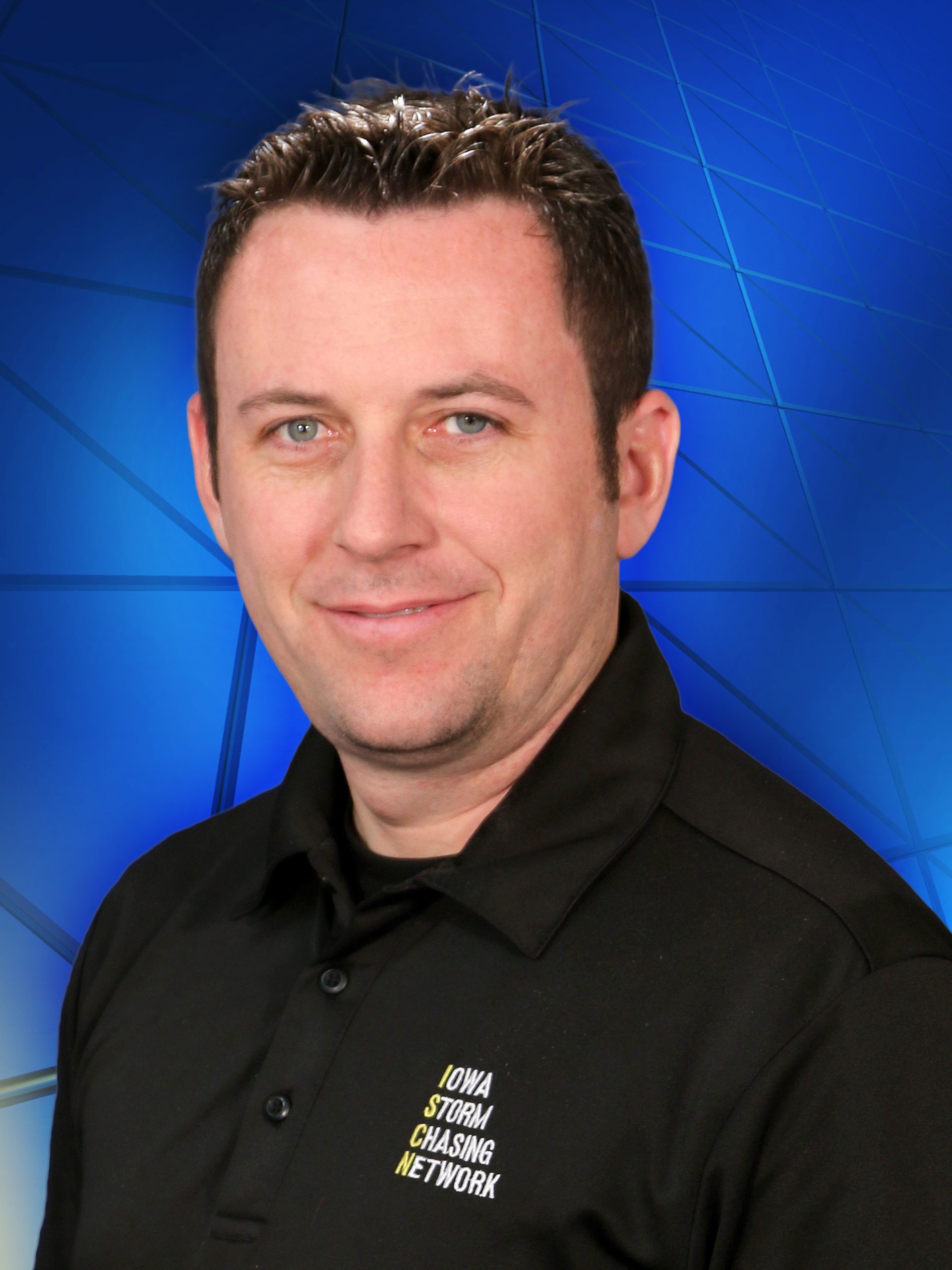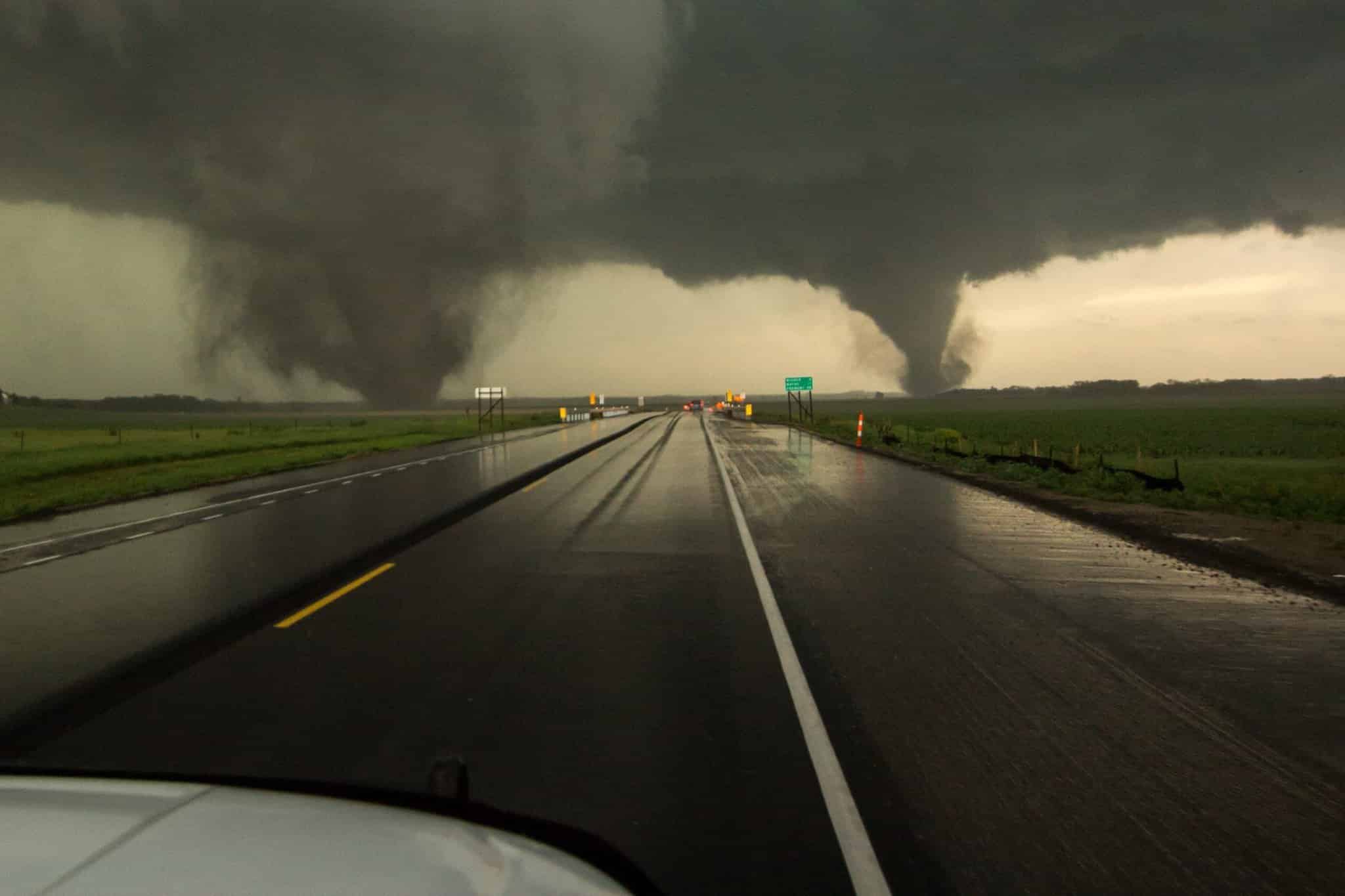
Ben McMillan started storm chasing during his high school years growing up in Pella, Iowa and it has stuck with him ever since. Focusing on a career in public service, Ben worked for two police departments including the City of Ames Police, and the Iowa State University Department of Public Safety.
After 7 years of law enforcement experience, Ben switched to the healthcare field and worked for Mercy Hospital in Des Moines from 2008-2013. Ben now works as EMT/ Emergency vehicle operator for a national ambulance company in Phoenix, Arizona during the winter months and chases full-time in the Spring and Summer. Additionally, Ben completed training in Emergency Management, is a registered volunteer in disaster response with the American Red Cross, and a licensed ham radio operator.
Ben’s storm chasing activities have included being an eye-witness to the destructive night tornado that hit Iowa City on April 26, 2006, and the EF5 that moved through Parkersburg on May 25, 2008. Ben was credited as being one of the initial spotters that tracked the Parkersburg storm when it first formed a tornado. During the Spring of 2011 severe weather season, Ben worked as a driver and medic for the TWISTEX tornado research team. The team, led by Tim Samaras, focused on obtaining scientific data at the ground level in tornadoes and took mobile weather station readings. Ben then tracked the EF5 tornado that struck Moore, OK in 2013. It destroyed several schools and a hospital. His team assisted with search and rescue. Shortly after, they tracked the largest tornado in recorded history near El Reno, OK. Ben lost three TWISTEX teammates in the El Reno storm. “They will never be forgotten, and their work and passion will continue. ’” says McMillan.
Additionally, Ben and team members Brennan Jontz and Dan Auel tracked the historic 2014 “twin tornadoes” in northeast Nebraska. “Meteorology is always changing, and what happened in Pilger is an example of that. It is one of the last unmastered sciences,” said McMillan. McMillan’s team broke the Pilger story to the world. Their innovative use of new video broadcast technology allowed the team to provide millions of tv viewers with pictures of the storm as it happened. “Our job as journalists getting the word out is becoming just as important as the work we do as first responders on the ground,” says McMillan. “Communication is key, and the more we learn about dangerous storms the better chance we have of mitigating their impact on our communities.”

